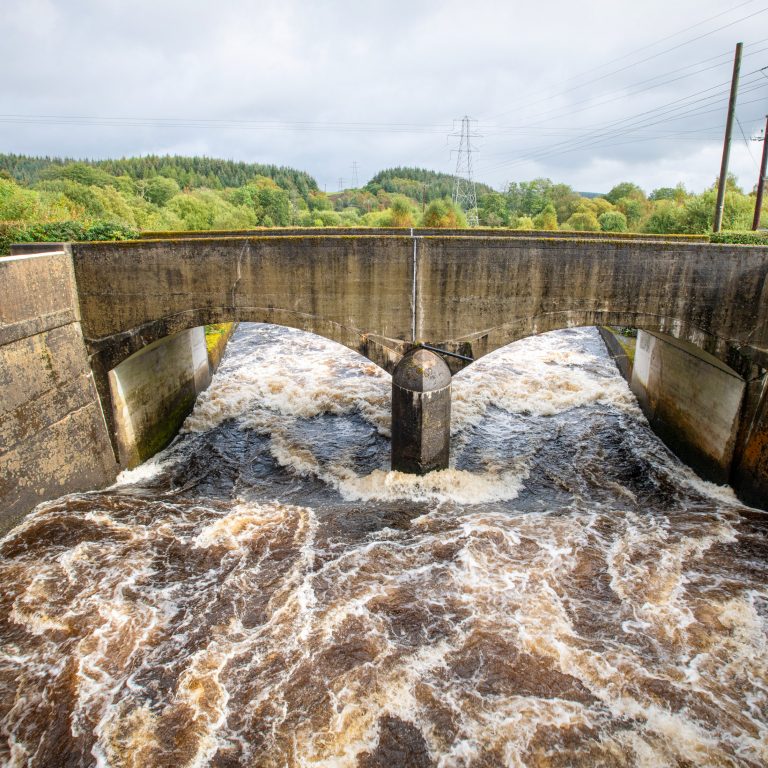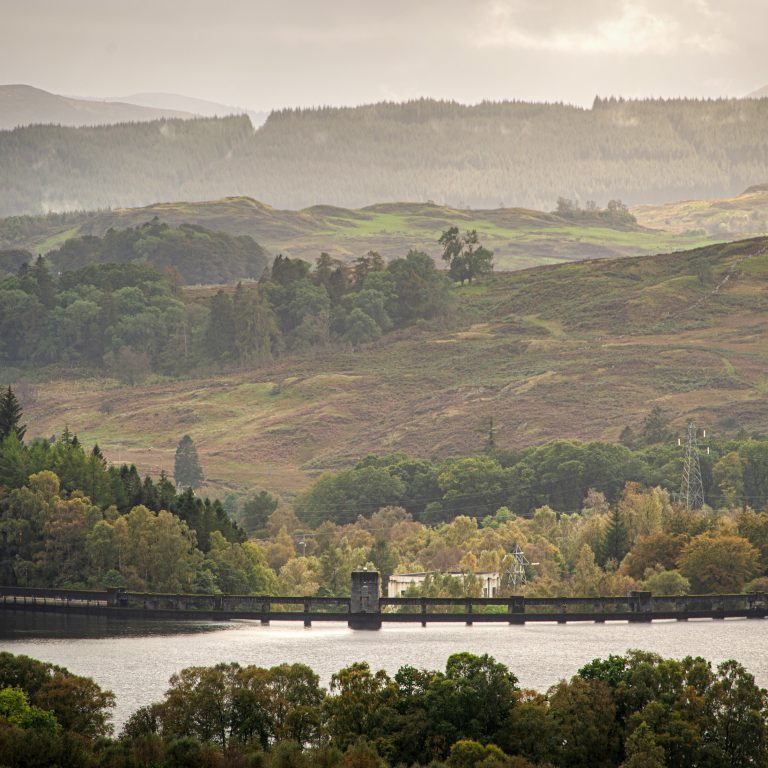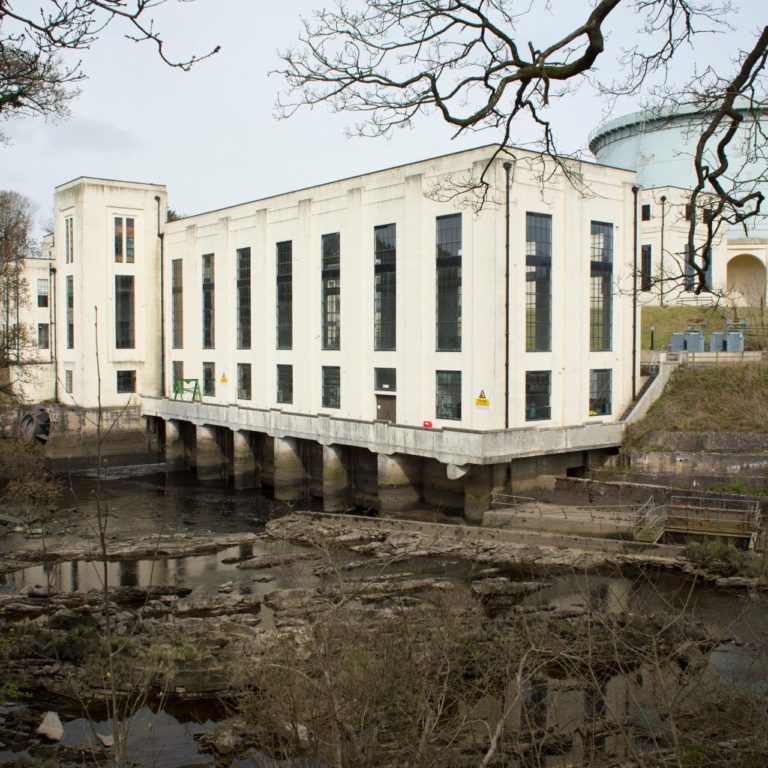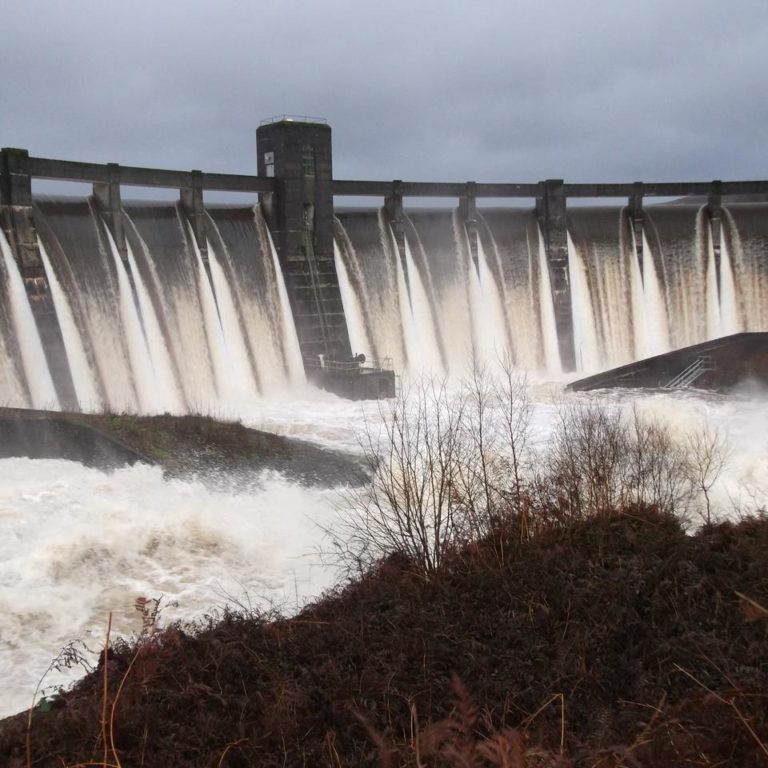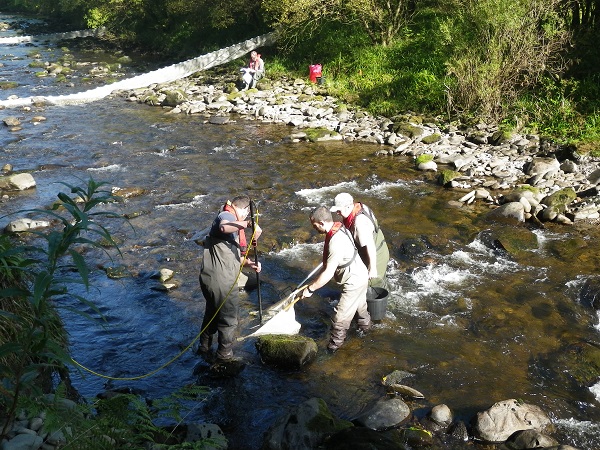The Glenlochar Barrage, a 103-meter-long bridge that spans across the river Dee, controls the flow of water from Loch Ken to Tongland power station through its six sluice gates. Built in 1934, the barrage is a critical component of the scheme’s operations, which can produce enough renewable electricity to power 218,000 homes.
Ian Kinnaird, Drax’s Head of Hydro, said:
“The Galloway Hydro Scheme has been generating flexible, renewable electricity for almost a century, and this major refurbishment will ensure it continues to do so for many years to come.
“Scotland has a long and proud history of hydroelectricity, and with this project Drax is ensuring these power stations play an important part in securing a net zero carbon future for our country.”
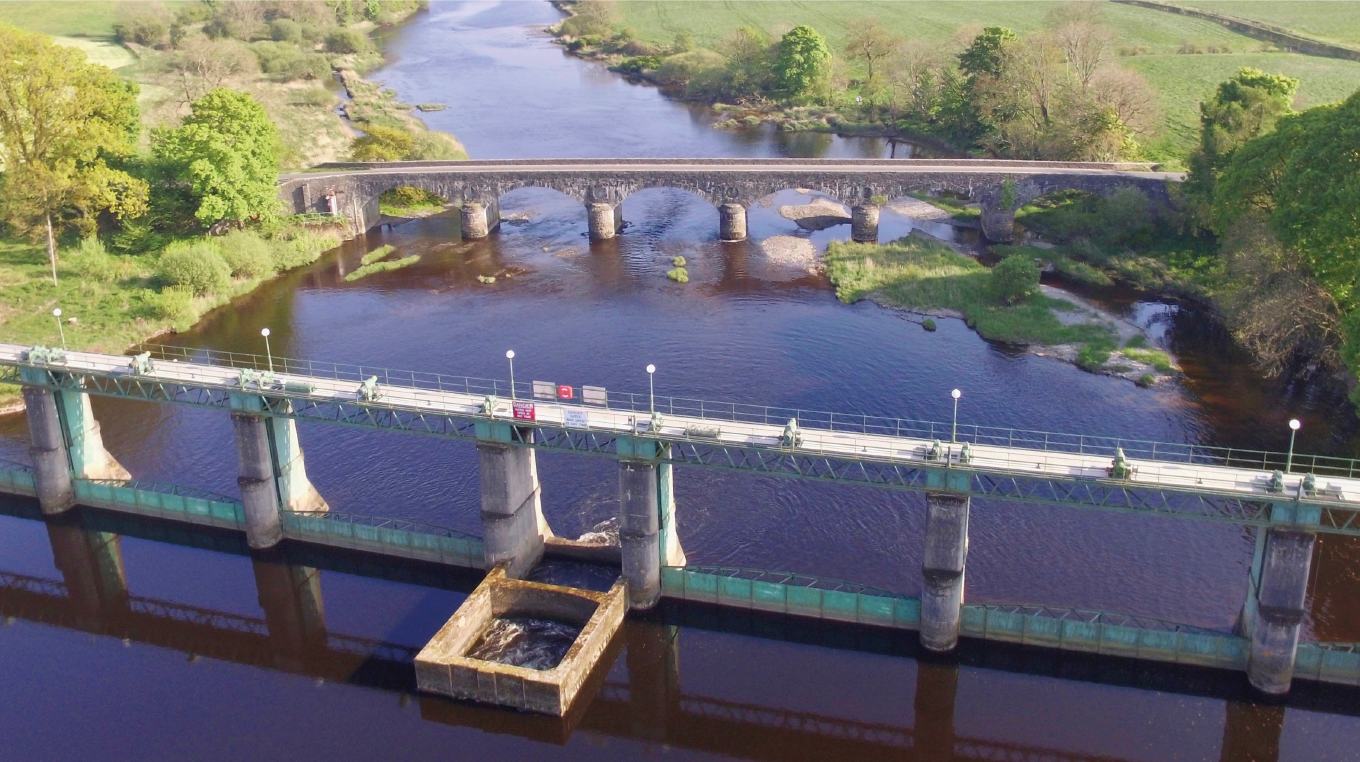
Drax acquired the Galloway hydro scheme alongside the Lanark hydro scheme and the Cruachan pumped-hydro storage facility in Argyll in January 2019, helping to make the company a leading provider of flexible, low carbon and renewable power generation.
Over the next three years Drax will fully refurbish the barrage, alongside its project partners KGAL Consulting Engineers and AJT Engineering, to ensure the hydro scheme can continue to generate renewable electricity for many decades to come.
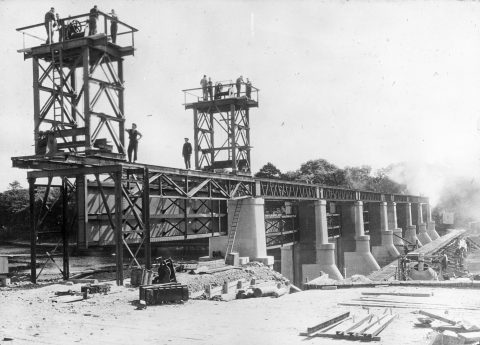
Construction of the Glenlochar Barrage
Andy Neill, AJT Engineering’s divisional manager, said:
“We are delighted to be able to support Drax on this major project with our extensive experience in this type refurbishment works, extending the life span of critical infrastructure for future generations.”
Nicholas Crosby, KGAL’s associate director, said: “A number of our engineers started their careers with the original supplier of the gates, so it’s appropriate that they now apply their skills to extending the life of this structure.”
Commissioned in the mid-1930s, the Galloway Hydro Scheme was the first large-scale integrated hydro-electric complex to be built in Britain and consists of six power stations, eight dams and a network of tunnels, aqueducts and pipelines. At its peak during construction, more than 1,500 people were employed on the project.
ENDS
Editor’s notes
Local people will be kept informed of the project by Drax and its contractors through community information sessions. As piece of key infrastructure, the barrage will remain operational throughout the refurbishment to manage water levels.
Media contacts:
Aidan Kerr
Media Manager (Generation)
E: aidan.kerr@drax.com
T: 07849090368
Ali Lewis
Head of Media and PR
E: ali.lewis@drax.com
T: 07712 670888
About Drax
Drax Group’s purpose is to enable a zero carbon, lower cost energy future and in 2019 announced a world-leading ambition to be carbon negative by 2030, using Bioenergy with Carbon Capture and Storage (BECCS) technology.
Its 2,900-strong employees operate across three principal areas of activity – electricity generation, electricity sales to business customers and compressed wood pellet production.
Power generation:
Drax owns and operates a portfolio of flexible, low carbon and renewable electricity generation assets across Britain. The assets include the UK’s largest power station, based at Selby, North Yorkshire, which supplies five percent of the country’s electricity needs.
Having converted two thirds of Drax Power Station to use sustainable biomass instead of coal it has become the UK’s biggest renewable power generator and the largest decarbonisation project in Europe. It is also where Drax is piloting the groundbreaking negative emissions technology BECCS within its CCUS (Carbon Capture Utilisation and Storage) Incubation Area.
Its pumped storage, hydro and energy from waste assets in Scotland include Cruachan Power Station – a flexible pumped storage facility within the hollowed-out mountain Ben Cruachan. It also owns and operates four gas power stations in England.
Customers:
Through its two B2B energy supply brands, Haven Power and Opus Energy, Drax supplies energy to 250,000 businesses across England, Scotland and Wales.
Pellet production:
Drax owns and operates three pellet mills in the US South which manufacture compressed wood pellets (biomass) produced from sustainably managed working forests. These pellet mills supply around 20% of the biomass used by Drax Power Station in North Yorkshire to generate flexible, renewable power for the UK’s homes and businesses.
For more information visit www.drax.com/uk












